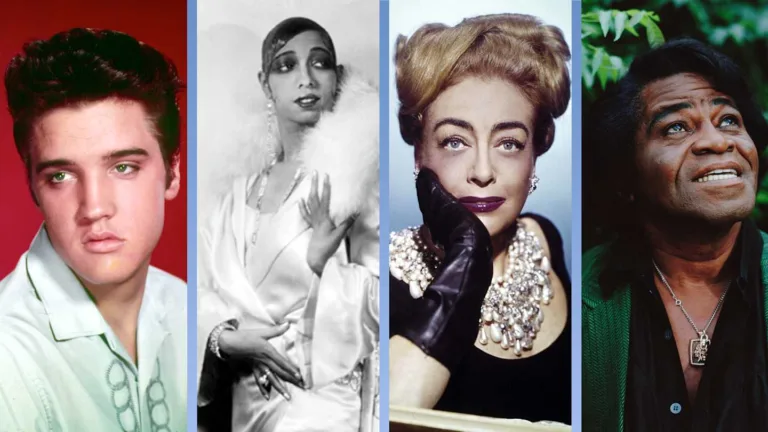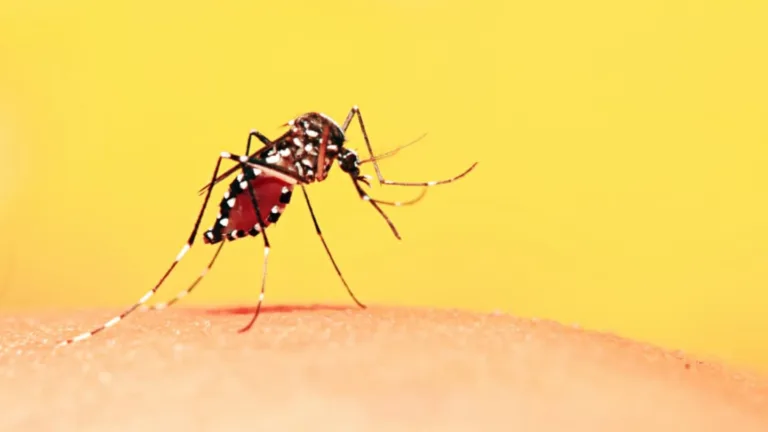Christmas is a time for joy, family, and of course, presents! But did you know that the festive holiday we know and love Has Some Rather Spooky origins? Many Christmas traditions have their roots in ancient pagan celebrations, which often involved figures who served As Reminders To Behave Well – or else!
These aren’t your typical Santa Claus characters. Think Krampus, the fearsome Austrian anti-Santa who punishes naughty children on December 5th, or Jólakötturinn, the Icelandic Yule Cat who feasts on those without new clothes for Christmas. These figures, along with others like Frau Perchta and Belsnickel, add a dash of fright to the holiday cheer.
Their stories offer a fascinating glimpse into how cultures have woven together folklore and festivity over centuries. From the playful scares of Belsnickel to the downright terrifying tales of Grýla, the ogre mother who kidnaps naughty children, these Christmas monsters remind us that beneath the twinkling lights and sugar plums lies a world of ancient traditions and timeless Cautionary Tales.
Ancient Roots of Christmas Horror
The origins of these chilling Christmas characters can be traced back to ancient pagan traditions celebrated long before the advent of Christianity. Many cultures believed in spirits or deities who held sway over winter and harvest, often demanding offerings or good behavior to ensure a bountiful year.
These early figures weren’T Necessarily Malevolent, but they served as reminders that consequences existed for transgressions against nature and societal norms. Krampus, for example, May Have Originated From Pre-christian Germanic beliefs about wild spirits who roamed during the winter solstice. Similarly, Jólakötturinn likely stems from Norse mythology, where cats were associated with both protection and danger. These ancient stories reflect a deeper human fascination with the duality of light and dark, good and evil, that continues to resonate even today. This blend of folklore and festive celebrations gave birth to the unique tradition of Christmas monsters we see in some cultures around the world.
 Jarts Banned: Michelle Snows Lawsuit, Death and the Story of Lawn Darts
Jarts Banned: Michelle Snows Lawsuit, Death and the Story of Lawn DartsThese figures serve as a fascinating reminder that Christmas traditions are more complex than they appear at first glance. They offer a window into our Shared Human History, exploring themes of morality, consequence, and the enduring power of storytelling.
Krampus, Jólakötturinn, and Other Frightful Figures
Beyond the iconic image of Santa Claus, Christmas traditions in many cultures include Some Truly Spooky Characters. Take Krampus, for instance, an Austrian anti-Santa who makes his appearance on December 5th. This horned beast with chains and a menacing grin rewards well-behaved children while punishing the naughty ones. Imagine being on the receiving end of his birch twig punishment!
Then there’s Jólakötturinn, The Icelandic Yule Cat, a giant feline whose appetite for the unwary is legendary. If you haven’t received new clothes by Christmas Eve, this monstrous cat might just consider You Its Next Meal. From Krampus’s Fearsome Visage To Jólakötturinn’S Insatiable Hunger, these Christmas monsters add a unique flavor to the festive season, reminding us that good behavior is always in order.
But their presence isn’t meant to be purely terrifying. These figures often serve as cautionary tales, highlighting the importance of kindness, generosity, and respect for others. They represent a playful side to Christmas traditions, reminding us that sometimes a little fright can add extra spice to the holiday cheer.
The Evolution Of Punishing Traditions
It’s interesting to see how these traditions of punishment have evolved over time. While some figures like Krampus remain Largely Unchanged, Others Have Softened Their Approach. The Jólasveinar, 13 Icelandic trolls who once stole and Caused Trouble, now primarily leave gifts for well-Behaved Children. This shift reflects a changing cultural landscape, where emphasis is placed on rewards Rather Than Fear.
Perhaps this evolution mirrors our own Societal Values. We’re moving away from harsh punishments and towards more nurturing methods of discipline. It’s fascinating to consider how these ancient Christmas monsters have adapted to reflect the evolving ideas about child rearing and morality.
Nevertheless, their stories continue to captivate us, reminding us that even in our Modern World, there remains a fascination with the dark side of human nature and the enduring power of folklore.
From Terror to Treat: Modern Interpretations
In recent times, these once terrifying figures have undergone a fascinating transformation. They’ve become more playful and less frightening, often appearing in movies, TV shows, and even Halloween costumes. Think of the lovable Krampus characters in popular media, shedding their menacing image for a More Comical Persona.
This shift reflects a growing appreciation for the folklore that underpins these traditions. People are drawn to the rich history and storytelling behind these Christmas monsters, embracing them as quirky and entertaining aspects of holiday culture. The lines between fear and fun Have Become Blurred, allowing us to enjoy these characters in a lighthearted way while still acknowledging their roots in ancient beliefs.
This modern interpretation allows us to engage with these traditions on a Different Level. It’s a reminder that folklore is Constantly Evolving, adapting to changing times and cultural values while retaining its enduring power To Capture Our Imaginations.
A Holiday Menagerie of Monsters
From the snow-covered mountains of Austria to the icy fjords of Iceland, each culture has its own unique take on these festive frighteners. We have Frau Perchta, a German and Austrian witch who replaces internal organs with garbage—a truly gruesome image! Then there’s Belsnickel, the Pennsylvania Dutch character who frightens children but rewards them with candy, offering a gentler approach to discipline.
Hans Trapp, a French scarecrow-Like Figure, preys on children, while Père Fouettard serves as St. Nicholas’ assistant, Punishing Bad Children. And let’s not forget the Jólasveinar, 13 Icelandic trolls who once stole and caused trouble but now leave gifts for well-Behaved Children, proving that even monsters can learn to be good! This incredible diversity of Christmas monsters highlights the rich tapestry of global folklore and how different cultures express their unique beliefs and traditions.
Each figure offers a glimpse into the history and values of its Respective Culture, reminding us that even in the midst of festive cheer, there’s always room for a little bit of spooky fun.










